
This concept enables us to understand the ideas, values, ideals and emotions that empower a narrative, just like deep ocean currents direct more superficial currents.
This tool enables us to observe how narratives are constructed based on fragments (messages, stories) that come from different sources and in different forms. When uniting these fragments and viewing the entire mosaic they create, we have a much richer view of how they fit together and what their strength is.
Enables us to see which parts of a story are extracted and taken out of context to create, exacerbate or “validate” narratives. When we learn about its existence, we can break the frame to see a broader perspective.
Try not to think about an “elephant”. We all evoke the concepts of every word that we know as soon as we hear it. This visualization will depend on our context. Often, it’s not necessary for the narratives to be expressed literally, since these are being prompted by related concepts which, upon being mentioned, reproduce them.
Tool to identify the powers and interests that are behind the creation, spread or strengthening of narratives, from what’s highly visible to what’s invisible.



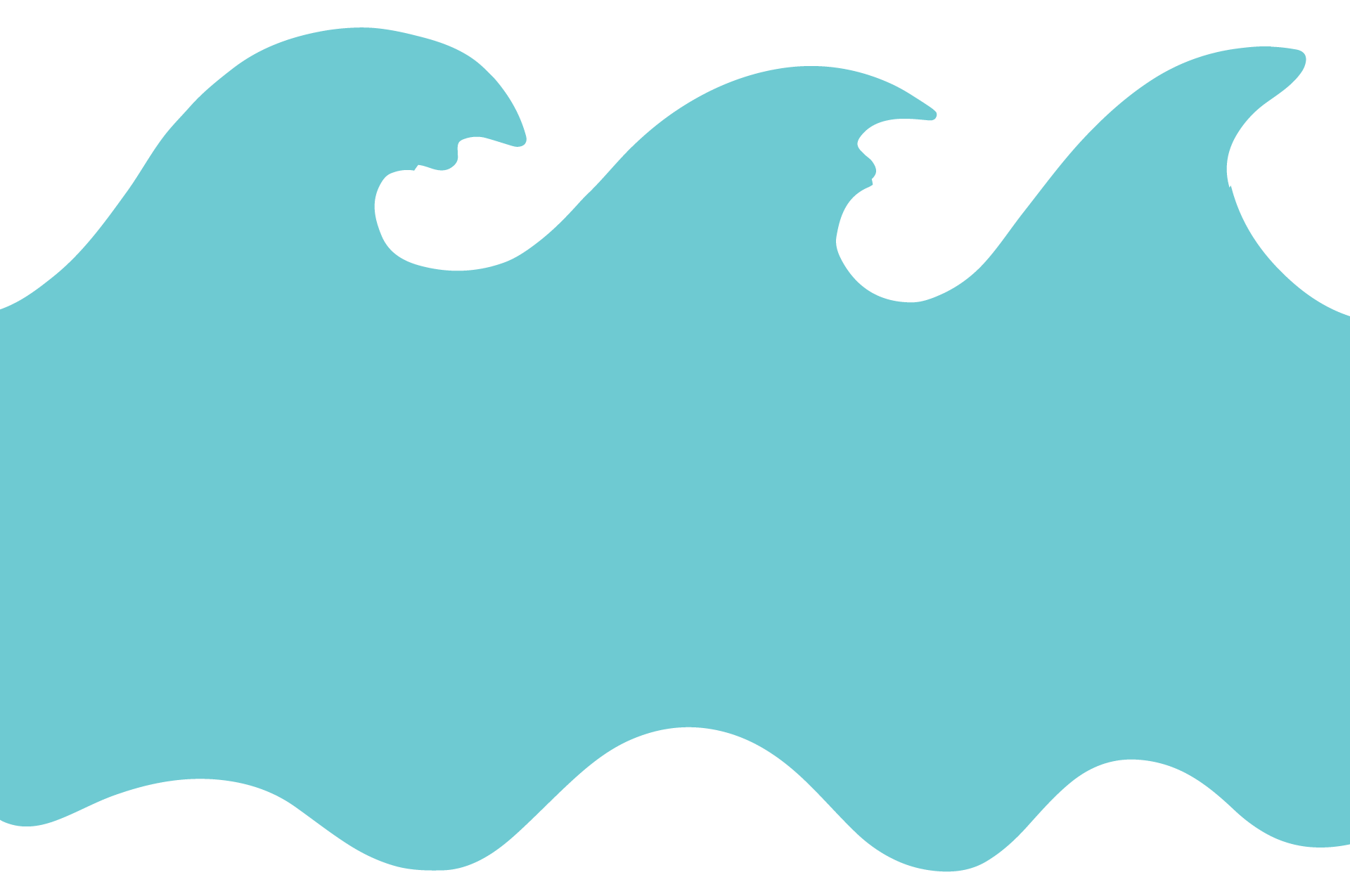
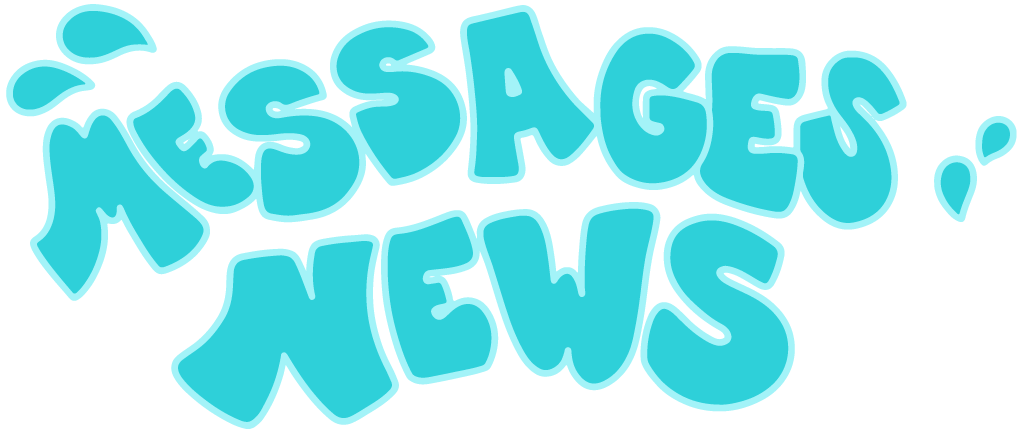
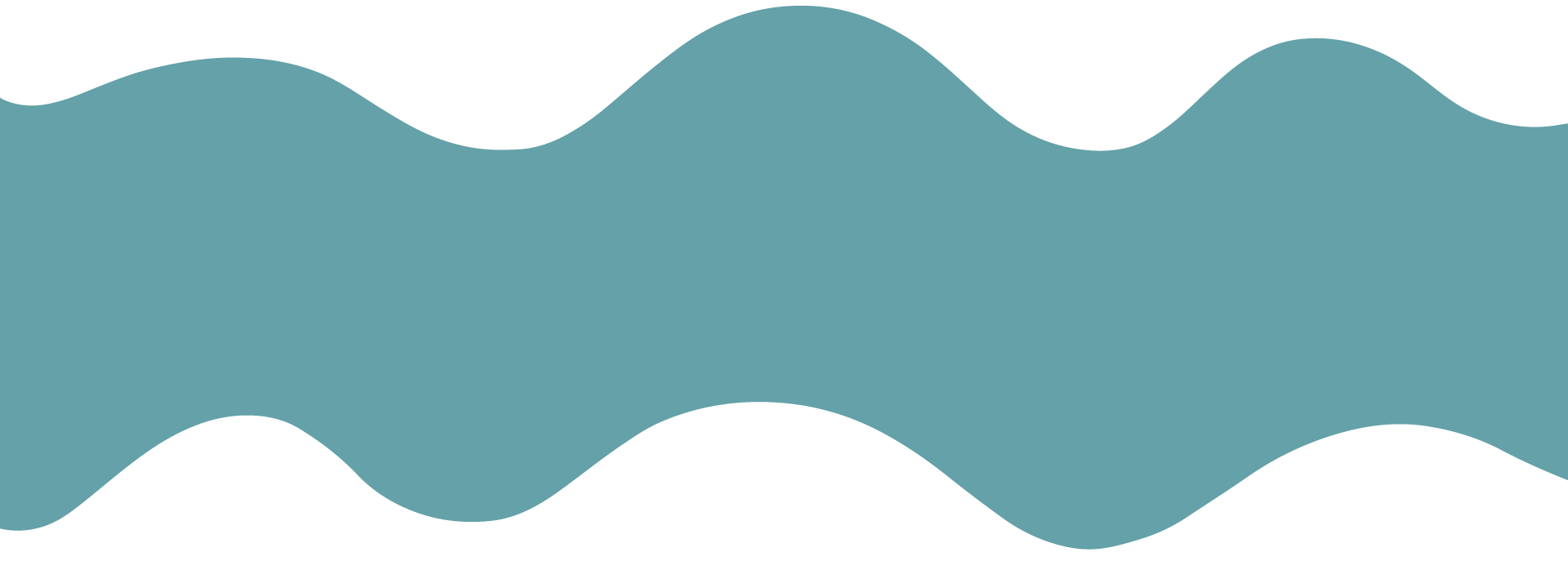



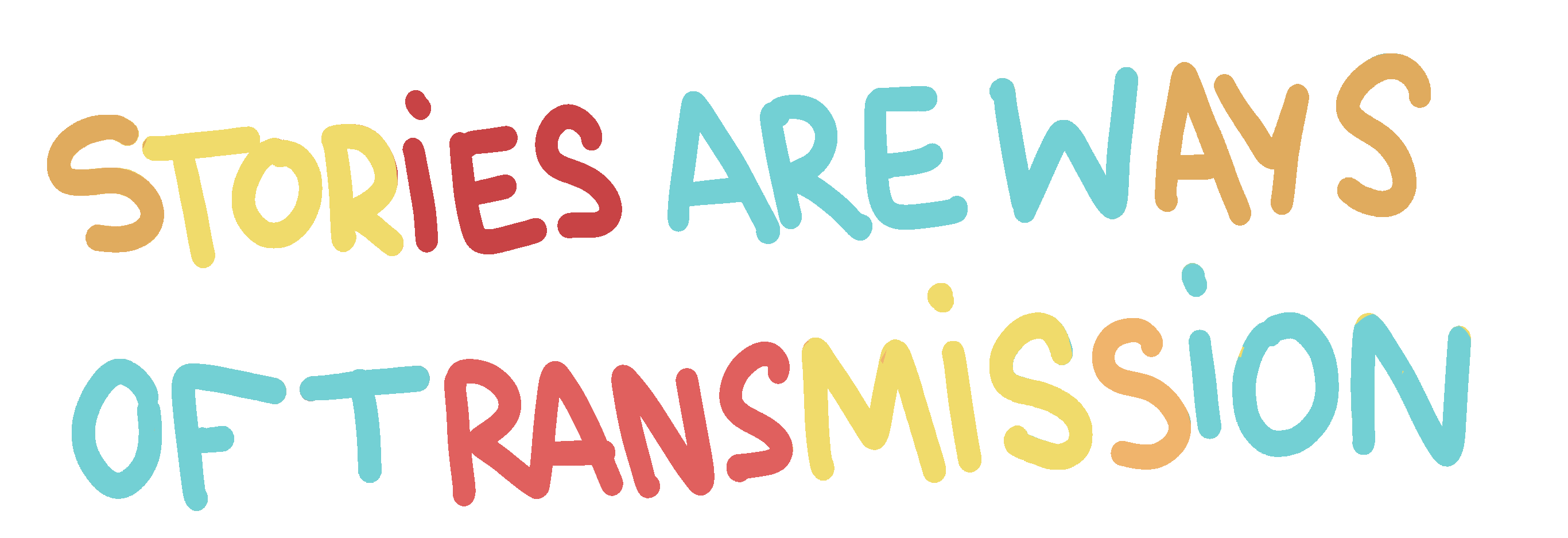

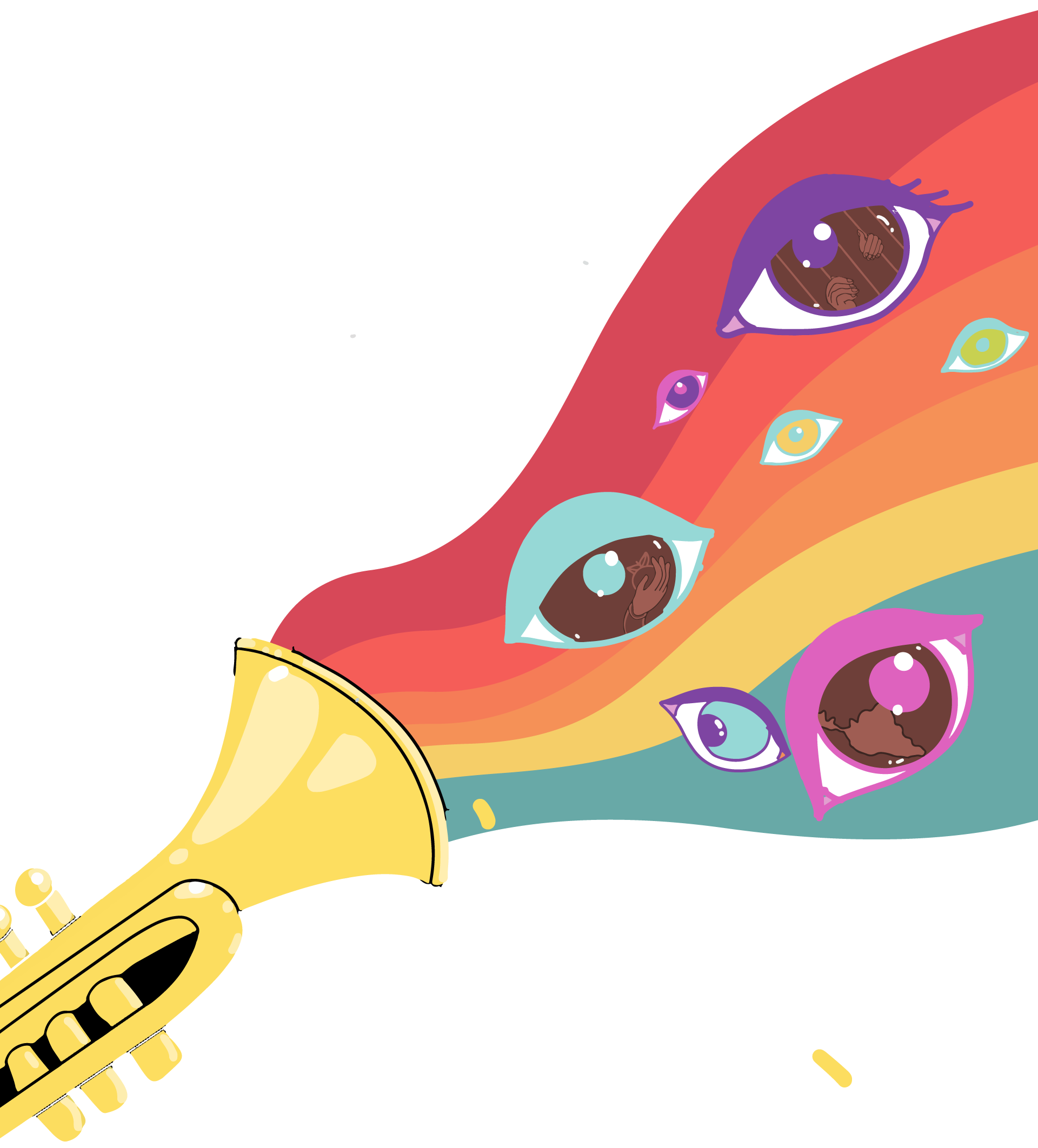


.gif)

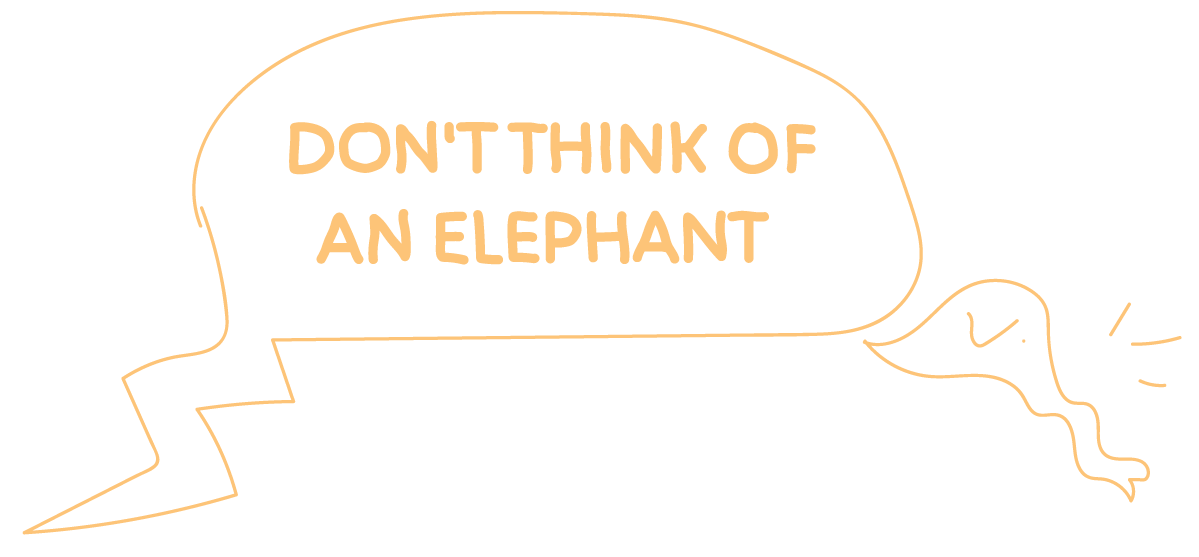

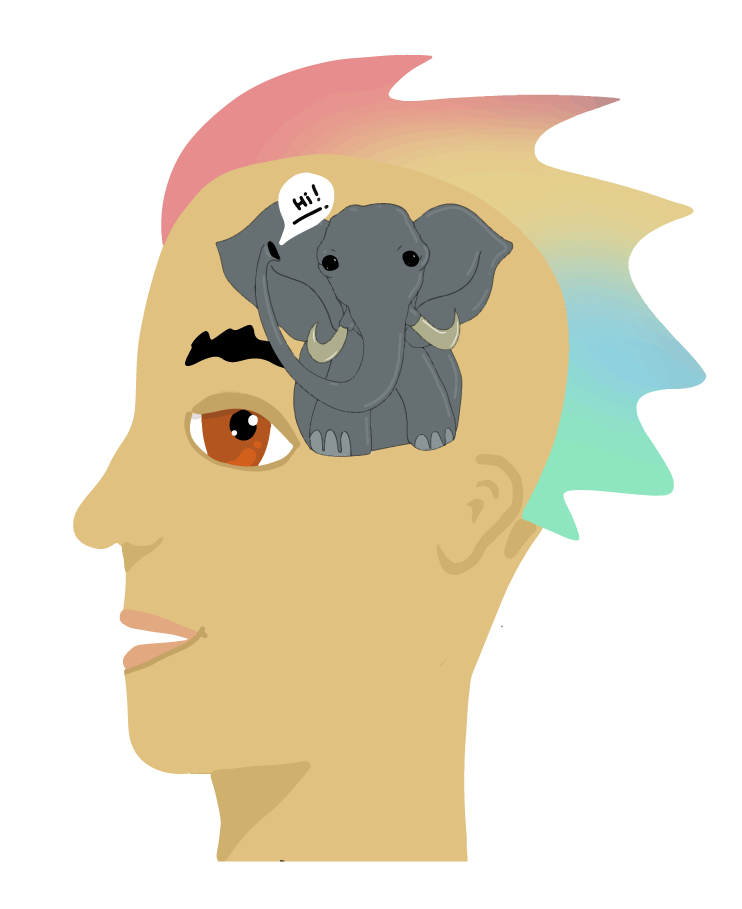


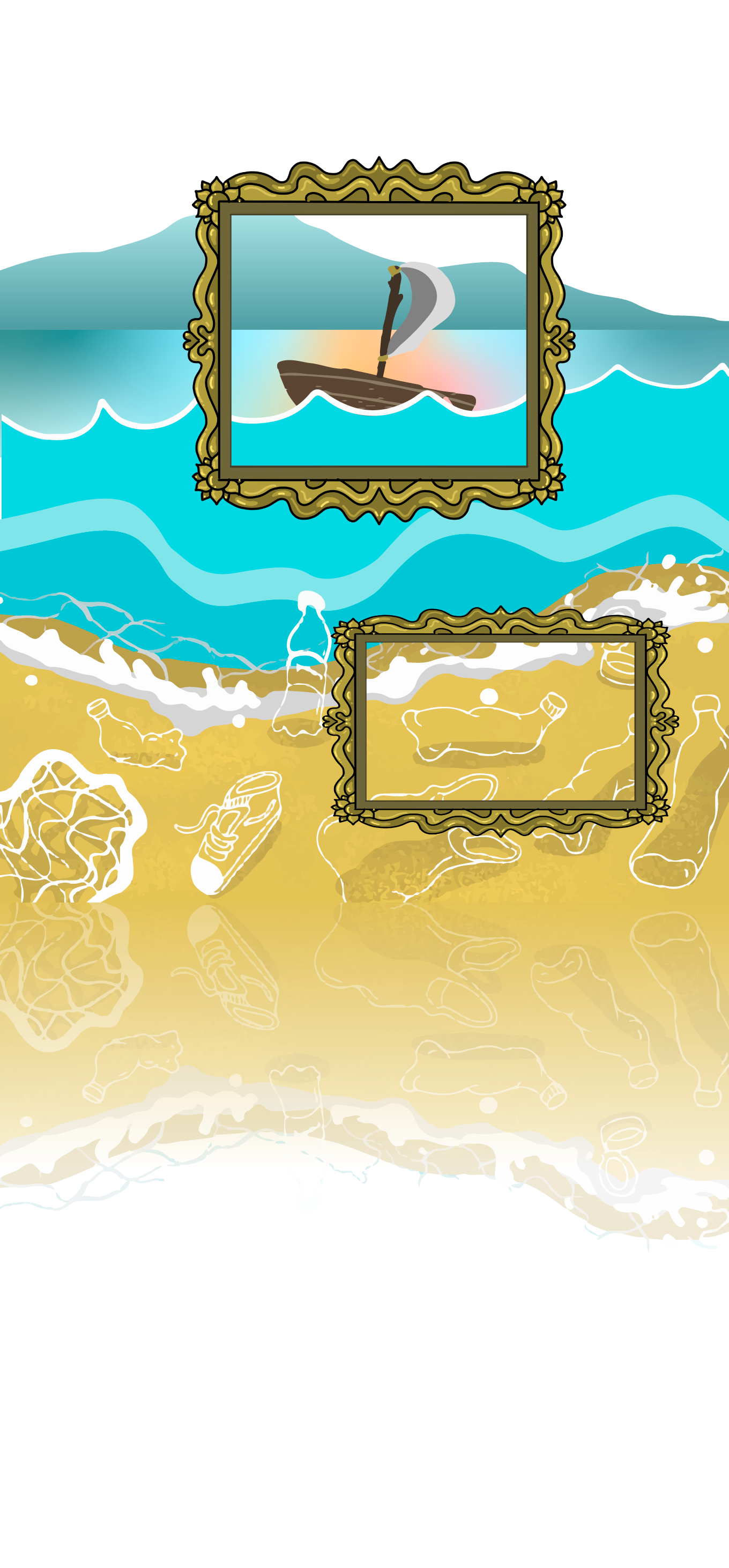


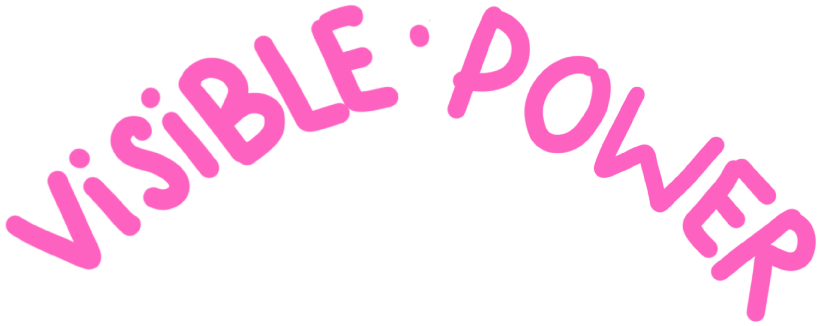
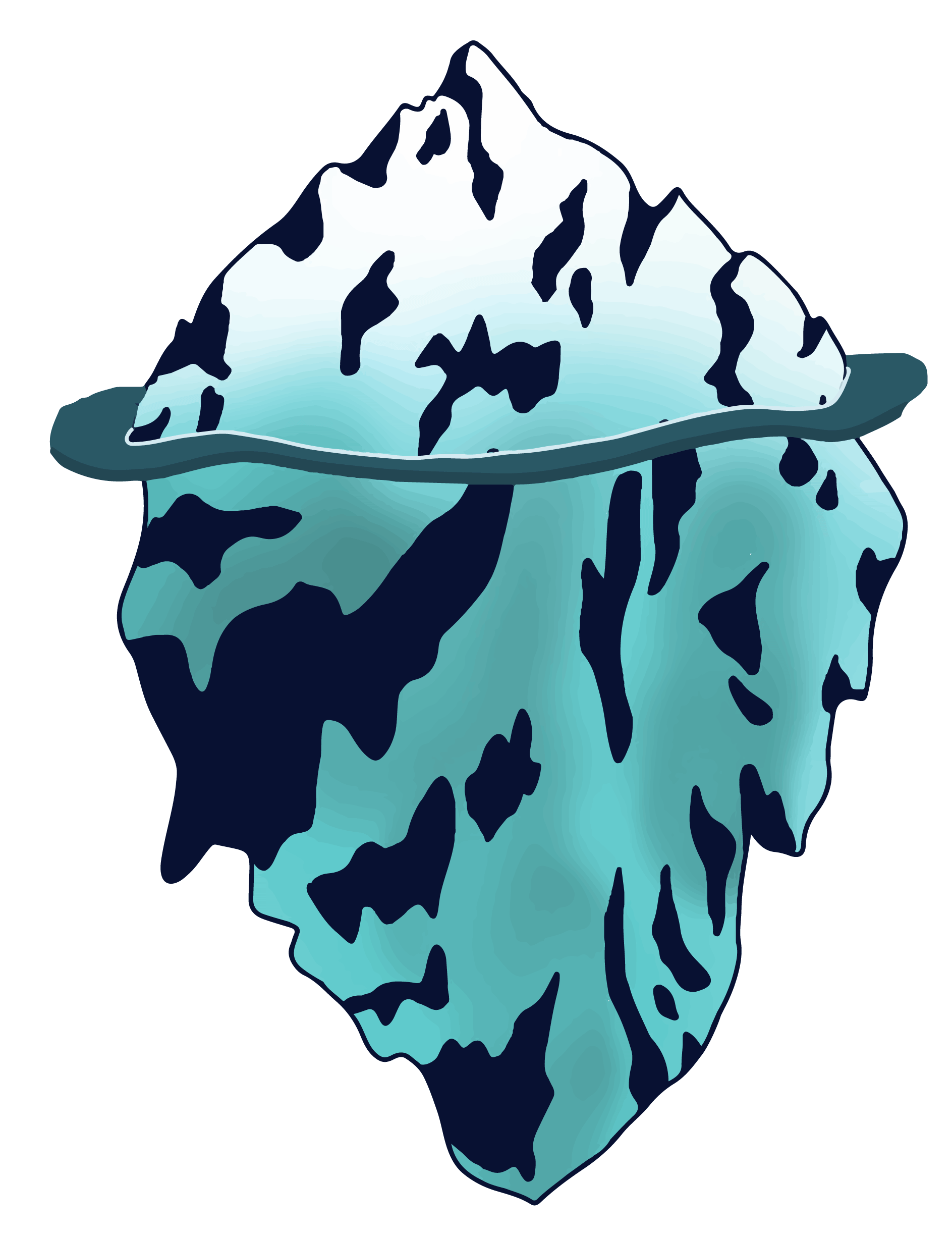



the PDF version here
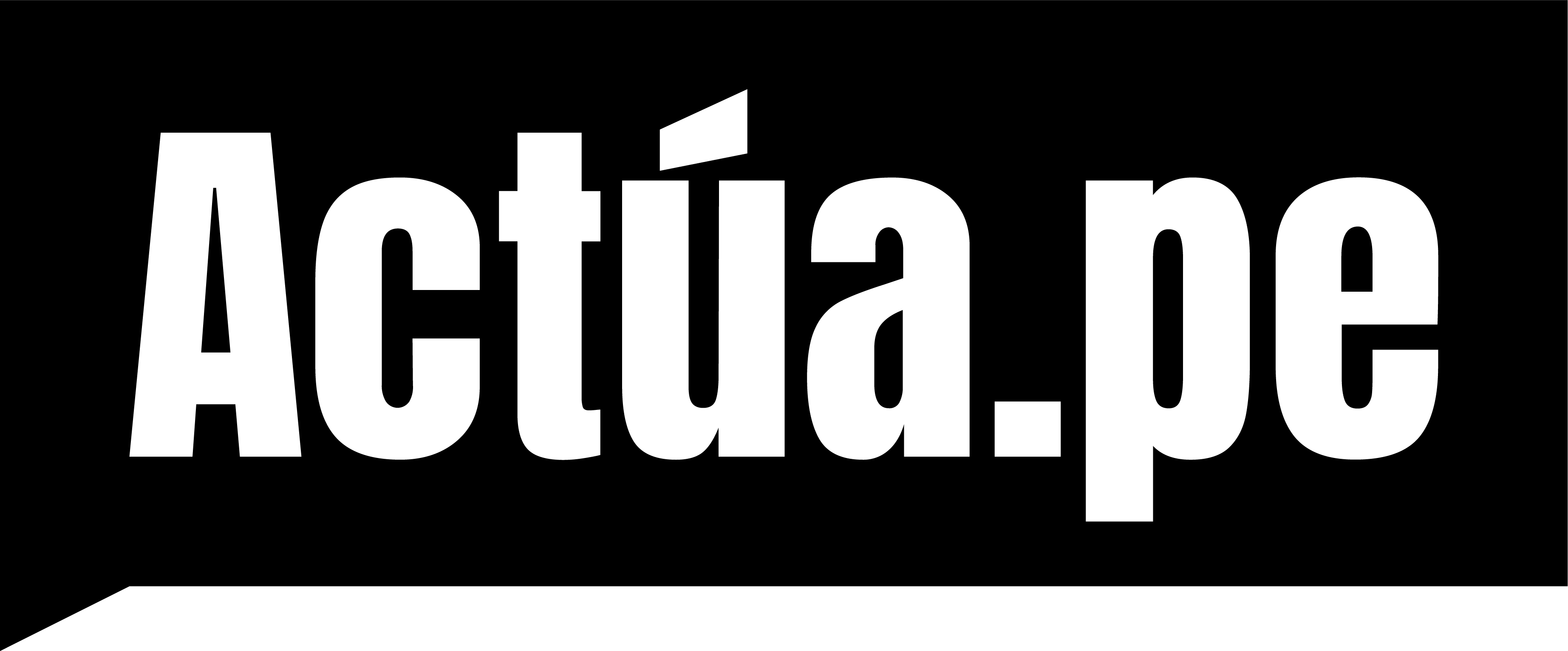
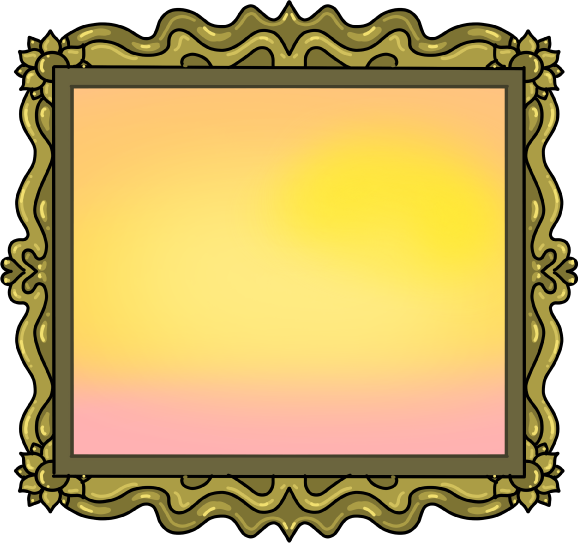

Let’s think of narratives like the deep ocean currents which keep the oceans of our thought moving. Above the surface, there are the stories and messages (what’s highly visible); and below are the narratives (which give it meaning and exist as a result of certain values, ideas and ways of seeing the world).
¹ Executive Director of the Narrative Initiative, Jee Kim.

Even though narratives enable us to understand how we “see” the world, we need many ways of transmission in order to understand them, many “eyes”

Let’s think of narratives like a mosaic, made up of tiny parts: the stories. We need stories as ways of transmission, these stories are arranged in groups or related systems, these are the narratives, the ways of understanding.

We ask you please not to think about an elephant

What can we see and what’s hidden? Are we seeing a complete image or only the details? What do you see in each of these pictures?
The information isn’t fake, but the framing directs your attention toward a specific point and directs the debate (or the lack of one) toward defined interests.

We’ve mentioned framing. Who’s behind it? For what interests?
Analyzing the multiple narratives that surround us enables us to track and discover what power structures are enabling them to exist, since there’s much more than we can see on the surface. It can be applied to the analysis of narratives as well as the construction of strategies for action.
 Español
Español Inglés
Inglés Francés
Francés






